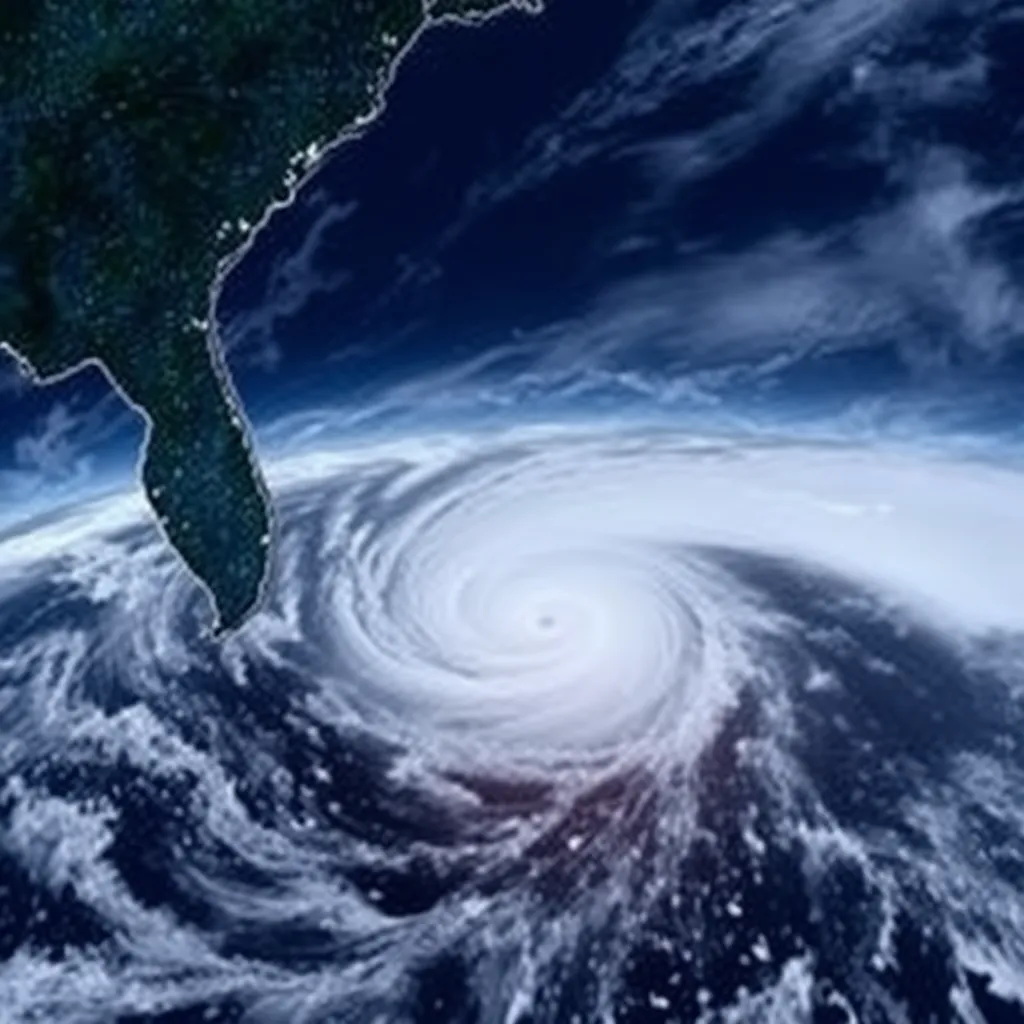Hurricane Threat Looms as Season Nears Close
This is the city where the sun shines brightly, but it’s not all calm. With November already here, the Atlantic hurricane season is wrapping up, but there are still some clouds on the horizon. As of now, the season officially ends on November 30, and while this month typically sees only about 6 percent of the average hurricane activity, things might change fast.
Possible Storm Brewing
According to the latest forecasts from the National Hurricane Center, there is a 40 percent chance that a named storm could form in the western Caribbean within the next week. This prediction has sparked interest and concern among weather watchers and local residents.
The idea that there may be a named storm forming is particularly notable, given that November is generally a quieter month in the Atlantic. There’s a long-standing pattern where most storms form in the earlier months of the hurricane season, which starts in June. However, exceptions do happen, and meteorologists are keeping a close eye on what might develop.
What Does This Mean for Residents?
For those living in coastal areas and regions prone to hurricanes, it’s a good reminder to stay alert. Even if the storm does not escalate greatly, conditions can change quickly in the region. Residents are encouraged to prepare an emergency plan and have supplies ready just in case.
It’s also important to monitor local weather updates regardless of the season. Strong winds, heavy rain, and rough seas can develop rapidly if a storm comes closer. Even if the predicted system remains weak, it’s better to be safe than sorry.
Historical Context
Historically, November isn’t known for seeing many major storms. Most hurricanes occur between August and October. However, the few that do emerge in late fall can be quite severe. The records show that more than a handful of impactful storms have occurred in November over the years.
For example, in recent years, storms like Hurricane Eta and Hurricane Iota made headlines by forming late in the season, surprising many by their strength and the amount of damage they caused across affected areas.
The Importance of Preparedness
As the forecast suggests the possibility of a new storm forming, preparedness is key. Communities and families should review their emergency plans, ensure they have adequate supplies of food, water, and other essentials. Having a dependable way to receive updates about weather conditions can make a big difference when a storm threatens to arrive.
Those living in flood-prone or coastal regions should pay particular attention. Even a less potent storm can bring heavy rain and surge that can lead to hazardous conditions. It’s crucial to have a clear understanding of evacuation routes and local emergency resources.
Stay Updated
As always, staying informed is vital. Various apps, websites, and local news broadcasts provide regular updates about developing storm systems. By keeping an eye on the forecast and any alerts issued, residents can better prepare for what may come their way. The situation in the Caribbean is changing, and the best approach is to be informed and prepared.
As we watch this forecast unfold, we remain hopeful this could be the last storm of the season. For now, the residents of coastal cities are holding their breath, awaiting the final chapter of this hurricane season.





